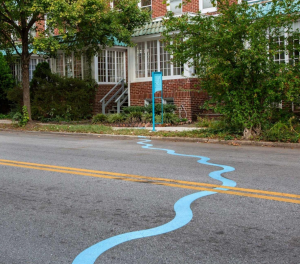Cloning Endangered and Extinct Animals: A Mammoth of an Issue

Imagine that sometime in the near future you’ll be able to take your children to see a wooly mammoth on a jaunt to the local zoo. Fantastic? Sure. Unlikely? Well, possibly. Impossible? Not at all.
Planet Earth is now trapped in the middle of a mass extinction; roughly 10,000 to 20,000 species of plants and animals go extinct every year with at least 50 vanishing permanently each day. Unlike previous mass extinctions this event can be traced back to one cause: humans, who continually over-hunt and decimate the habitat of endangered species.
However, scientists believe that this may not be the end of the line for endangered or even extinct organisms. There is hope for these fading species through the science of genetic engineering.
Due to recent leaps and advances in technology, genetic engineering and even cloning is becoming common place. Most of the food we consume has had its genetic structure tampered with. Extra vitamins have been added to fruits and a new, larger, species of salmon has been developed. Cloning itself is now so commonplace that it has been almost thirty years since the cloning of Dolly the sheep.
This technology is being used for more than just food. Biologists now speculate and are even proposing that cloning could be used to revive entire species. In fact, major breakthroughs have already been achieved. In 2003 scientists used cells from the nearly extinct Pyrenean ibex (a Spanish antelope also known as the bucardo) to clone a newborn. While the infant ibex died shortly after, the clone still represented a major step forward.
Countries across the globe are planning on using this innovative new concept to save their treasured species. China has been working for years to clone a giant panda while India is attempting to save the Asiatic cheetah, of which there are less than several dozen currently living. In Brazil, DNA samples from dozens of endangered South American animals are being collected in cold storage with plans to clone many later, including jaguars, anteaters, and golden tamarins.
Reconstruction isn’t stopping at merely endangered species; there are plans in Japan to clone a wooly mammoth using the remains of a frozen body.
However, these new developments are not without controversy. Many scientists urge that humanity should work to fix polluted or destroyed habitats before beginning to clone and that the focus on cloning detracts from the larger issues of environmental protection. Others worry that cloning organisms will result in a lack of genetic diversity, essential for the continuation of a species.
Humanity now faces a dilemma. Do we resurrect the endangered or even extinct species we condemned to extinction? Do we risk the threat of introducing new organisms into changed environments? As science advances we’ll be asking ourselves these questions more and more.
Sources:
http://blogs.scientificamerican.com/extinction-countdown/brazil-plans-to-clone-its-endangered-species/
http://www.bbc.com/news/science-environment-25052233
http://www.slate.com/articles/technology/future_tense/2014/06/cloning_wildlife_carrie_friese_s_book_on_using_tech_to_save_endangered_species.html
http://www.scientificamerican.com/article/cloning-endangered-animals/















